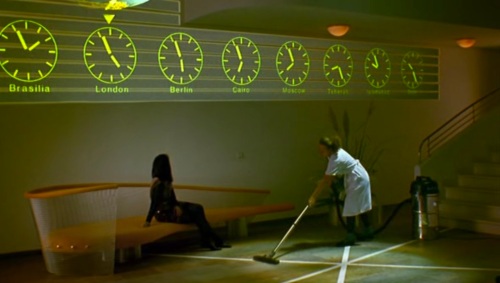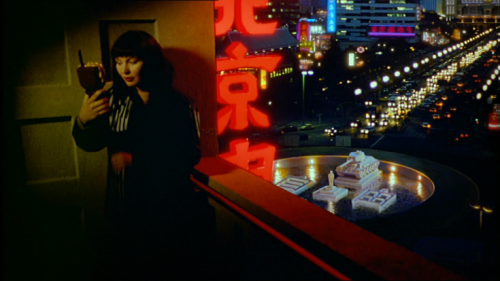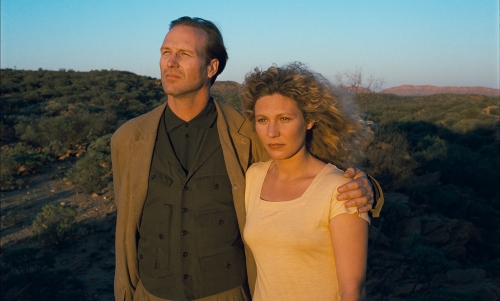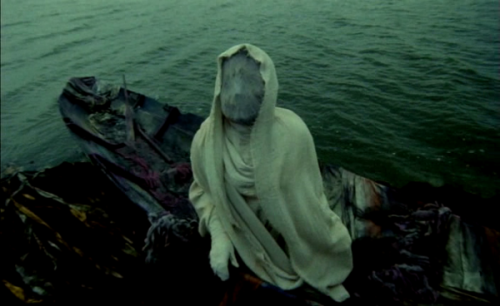
by Robert Hornak
In the wake of yet another new film (released in July) and much scuttlebutt regarding a new TV show reboot, this movie remains the cleanest, clearest reiteration of the ethos of the original show to date. Creator Gene Roddenberry himself may have wanted the show and films to reflect the more sober traits of his original conception – de facto egalitarianism, benevolent imperialism, the headiness of exploration itself, as exemplified in Star Trek: The Motion Picture (1979) and the Next Generation series (1987-1994, plus films) and other recombinations of the franchise through the decades, but what he got, and what fans carry deep in their hearts for the entire Star Trek universe, is much closer to what’s captured in the energy, interpersonal dynamics, and downright fun of Star Trek II: The Wrath of Khan.

When the movie was first released, it was without its numerical signifier. The fact makes me think the animating principle behind its making wasn’t too far from the reboot mentality we see so rampant now, including with its own namesake. So divergent is the second film from the first in terms of tone, look, and character, you can practically hear the movie saying “scratch that, how bout this.” But the way the movie was cooked up doesn’t sound like a formula for greatness – in fact, it smells a lot like low self-esteem. Hire a guy, director Nicholas Meyer (a relative newbie, versus the venerable old-school hero-hire of The Motion Picture‘s Robert Wise), who had no previous love for the TV show, marry him to a budget that was a fraction of its predecessor’s, then cobble bits and pieces from five different commissioned scripts into a makeshift spine for a story – an estranged son here, a world-building bomb there, the death of a friend somewhere in the mix. Sounds like a recipe for something lumpy and slapdash. (more…)

































 Click on names for archives
Writers/Founders
Click on names for archives
Writers/Founders